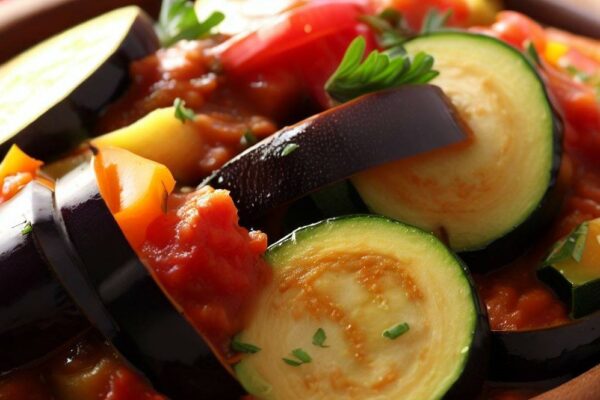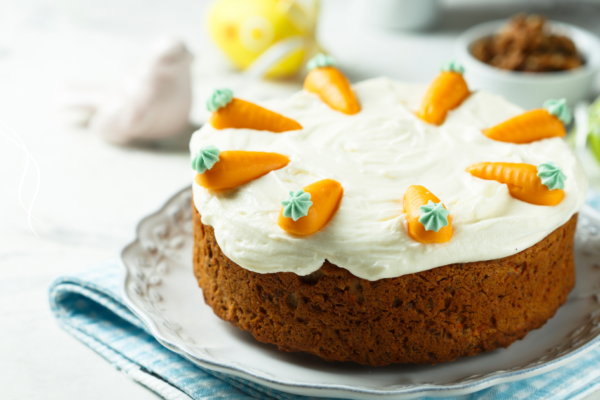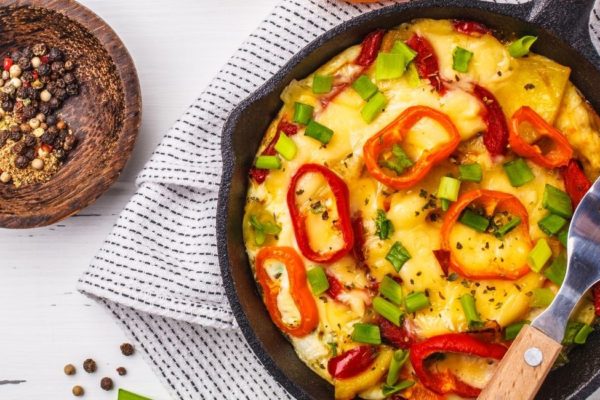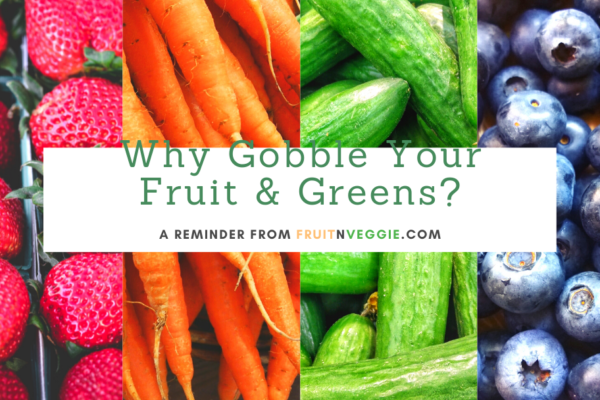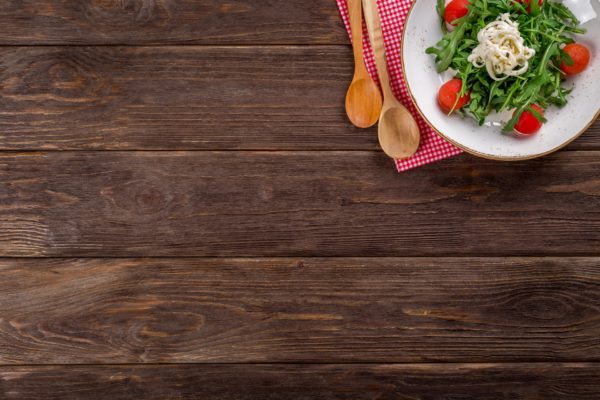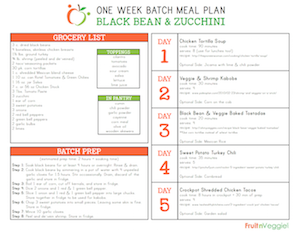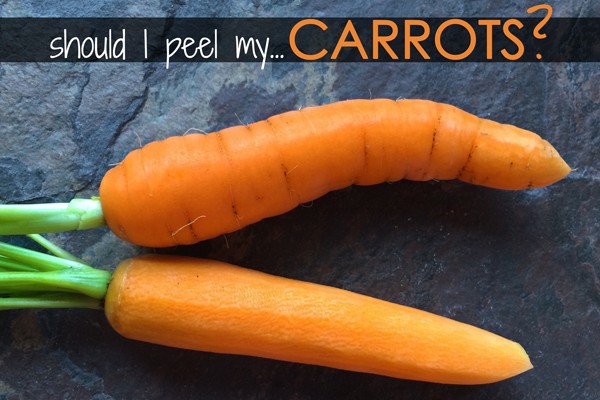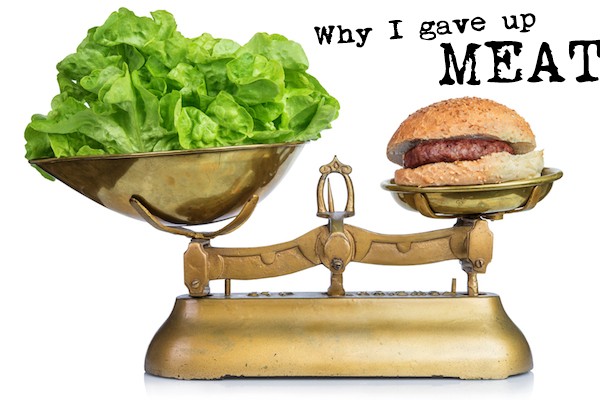Traditional Ratatouille Recipe
Vegetarian Meals | All healthy
Garlicky Zucchini and Cherry Tomato Pasta
There are days when I crave a quick and delicious meal with minimal effort. What about you? I am sure this garlicky zucchini and cherry tomato pasta is the perfect dish when you feel tired or don’t have much time to cook. Follow the steps below and find out how to cook it in under…
Best Halloween Recipes Ever
Halloween is one of the most popular holidays. So, this year, we have plenty of options to choose from. We would like you to explore new spooky cooking or baking ideas from our selection below. If you are entertaining, or baking for your kids, you might want to prep ahead new recipes this year. Because…
What to do with lots of carrots?
Don’t know what to do with lots of carrots? You are not alone. Millions of people ask the same question at least once a week. I did a search. 🙂 We often have a surplus of carrots in our household. And that is okay. To be honest with you, we make several recipes. We bake,…
Vegetarian frittata
Making a vegetarian frittata for a super filling lunch or dinner is simple, and quick. Vegetarian meals are healthier and easy to prep. Just let your imagination run wild or just follow the recipe below. You can cook it with a variety of veggies. Pick the ones in season or any vegetable that you like….
8 reasons to eat fruit and vegetables
I will describe the 8 main reasons to eat your fruit and vegetables. Those are now clear thanks to scientific (conclusive) studies. You may or may not know them, and that is why I will remind you of the most important ones based on the findings. All fruits and veggies are naturally packed with healthy…
Healthy Meals On a Budget
What are healthy meals that beginners can cook on a budget? In this blog post you will discover three healthy recipes that you can make with few ingredients for almost nothing. We’ve plenty of quick on the budget meals that will nourish you and your family. What is a healthy recipe? As a nutritionist I…
Batch Meal Plan: Black Bean & Zucchini
Our main ingredients for this week’s batch meal plan are black beans and zucchini, since they are in prime season! Plus, they are a healthy food option. This week’s five meals tend to be a little more southwestern in nature, though they are not necessarily spicy for folks who like foods with a little kick….
To Peel or Not to Peel Carrots? – Pros & Cons
Every time I grab carrots to cook, I instinctively take out the peeler and start to peel the skins. But why and where is this habit coming from? A reflex perhaps? I guess, you and I picked from our own parents. But the question we’ll try to answer is: “do you or should you need…
Why I decided to give up Meat
I have been a meat-eater ever since I was a child, but that all changed earlier this year when I signed up for a 6 month long “professional plant-based certification cooking class”. I had no idea that it meant vegan cooking. And so my journey began! The class taught me how to prepare healthy meatless meals….
